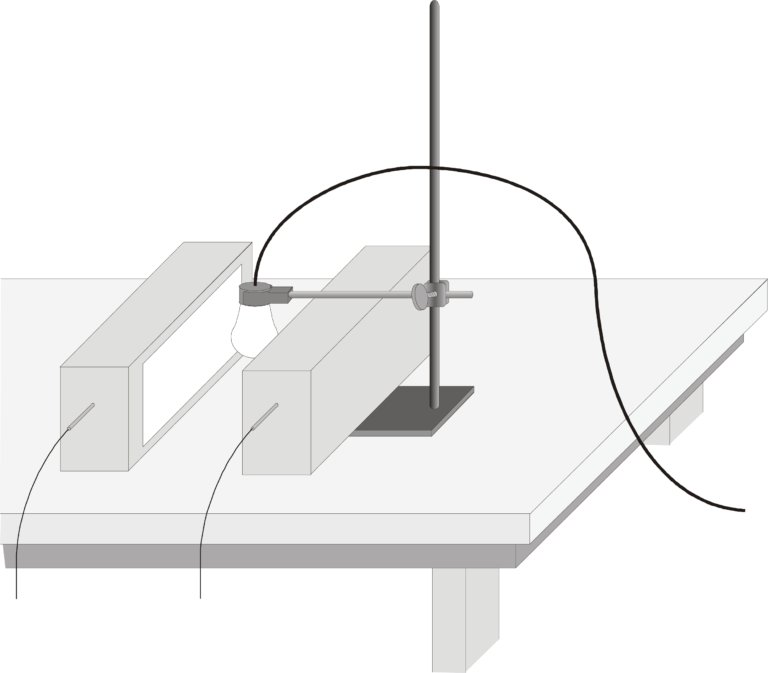
Introduction
Alternative energy sources are energy sources other than the nonrenewable fossil fuels—coal, petroleum, and natural gas. Solar energy, or energy from the sun, is one energy alternative. A passive solar heating system uses no pumps, fans, or mechanical devices. Insulation and heat storage are important factors in such a system. Heat can be stored using thermal masses, also called “heat sinks.” Thermal masses can keep a home from heating or cooling too fast. In this experiment, you will examine the effectiveness of a thermal mass. You will then use what you learn to design and build a model solar home.
Objectives
In this experiment, you will
- Measure temperature.
- Graph temperature data.
- Determine the relationship between thermal mass and the ability of a solar home to retain heat.
- Design and build a model solar home.
Sensors and Equipment
This experiment features the following sensors and equipment. Additional equipment may be required.
Option 1

Ready to Experiment?
Ask an Expert
Get answers to your questions about how to teach this experiment with our support team.
- Call toll-free: 888-837-6437
- Chat with Us
- Email support@vernier.com
Purchase the Lab Book
This experiment is #15 of Physical Science with Vernier. The experiment in the book includes student instructions as well as instructor information for set up, helpful hints, and sample graphs and data.


